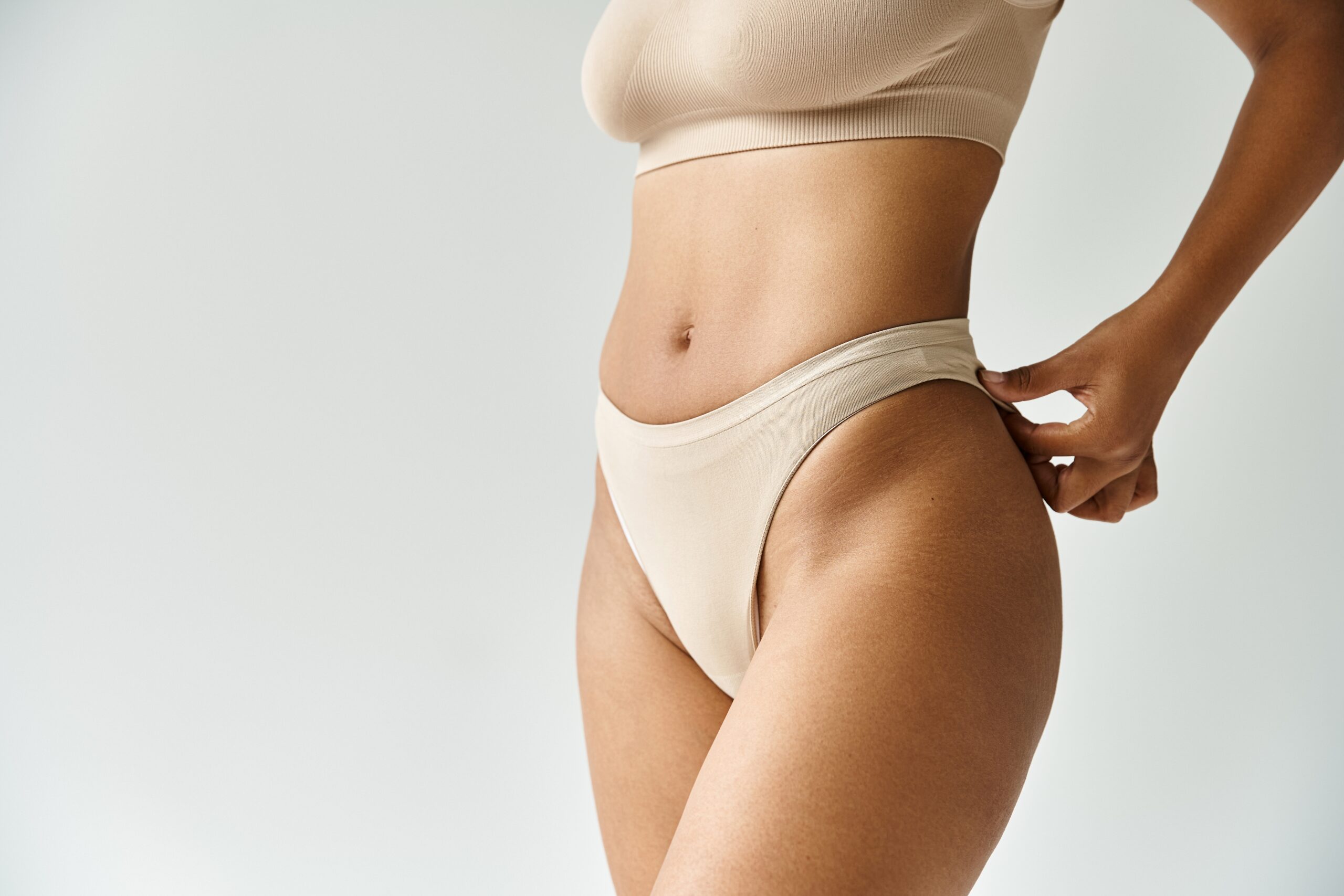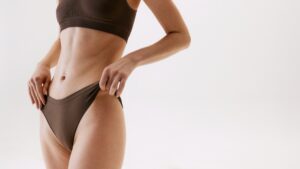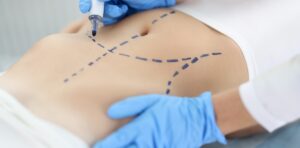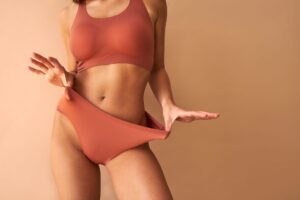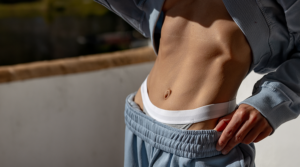Liposuction is one of the most popular cosmetic procedures worldwide, known for its ability to sculpt and contour the body by removing excess fat deposits. Despite common misconceptions, liposuction is not a weight-loss solution. Instead, it is a highly targeted procedure designed to improve body shape, proportions, and confidence.
In this blog, we’ll explore the core goals of liposuction, what patients can realistically expect from the procedure, and how it fits into a broader approach to health and aesthetics.
Targeting Stubborn Fat Deposits
The most well-known goal of liposuction is to remove localized fat that resists diet and exercise. Even with a healthy lifestyle, some people find it nearly impossible to slim down certain areas due to genetics, hormones, or body type. These “trouble spots” commonly include:
- Abdomen
- Flanks (love handles)
- Thighs
- Arms
- Chin and neck
- Back
- Hips
Liposuction allows for precise removal of fat in these areas, improving contour and creating a more balanced silhouette. It’s ideal for individuals close to their ideal body weight who want to refine specific parts of their body, not for those seeking dramatic weight loss.
Enhancing Body Proportions
Another primary goal of liposuction is to improve the harmony and proportion of the body. For example, someone with wider hips and a smaller upper body may use liposuction to reduce fat in the thighs and create a more balanced figure. Similarly, liposuction can be used to define the waistline or improve the contour of the jaw and neck.
When performed skillfully, liposuction creates natural-looking improvements that complement the rest of the body. Surgeons use a sculpting approach—not just fat removal—to ensure the results look aesthetically pleasing and well-integrated.
Boosting Self-Confidence and Body Image
For many patients, the emotional benefits of liposuction are just as important as the physical ones. Excess fat in certain areas can lead to self-consciousness, social discomfort, or dissatisfaction with one’s appearance. It can also affect how people dress, how they carry themselves, and even how they interact with others.
By achieving a smoother, leaner contour, liposuction often leads to increased self-confidence. Patients frequently report feeling more comfortable in their clothing, at the beach, or during physical activity. While it doesn’t change who you are, it can positively affect how you feel in your own skin.
Complementing Other Procedures
Liposuction is often used alongside other cosmetic procedures to enhance or refine the final results. For example:
- Tummy tucks (abdominoplasty) may include liposuction to contour the flanks.
- Breast reduction or gynecomastia surgery (male breast reduction) often involves liposuction to remove fat from the chest.
- Fat transfer procedures, such as Brazilian Butt Lifts, use liposuction to harvest fat from one area to inject into another.
In these cases, the goal of liposuction is not only to remove fat but to strategically shape the body for a more cohesive and flattering outcome.
Improving Mobility and Comfort
While primarily a cosmetic procedure, liposuction can also improve physical comfort in some cases. Removing excess fat from areas like the thighs, upper arms, or under the chin can reduce chafing, improve clothing fit, and even alleviate some posture or mobility challenges.
In overweight individuals, liposuction may be used selectively to improve comfort, although it’s not a treatment for obesity or a substitute for lifestyle changes.
Jumpstarting a Healthier Lifestyle
Some people choose liposuction as a way to jumpstart a healthier routine. While it’s crucial not to view the procedure as a shortcut, many patients feel motivated to maintain their new body contours by staying active and eating well after surgery. Seeing tangible results from liposuction can reinforce positive habits and support a more health-conscious mindset.
That said, liposuction does not prevent future weight gain. Fat can still accumulate in untreated areas, so long-term success relies on a commitment to a healthy lifestyle.
Refining Post-Weight Loss Results
People who have lost a significant amount of weight—whether through diet, exercise, or bariatric surgery—may still struggle with residual fat pockets. These leftover areas of fat can be resistant to continued dieting and may detract from the overall weight-loss achievement.
Liposuction serves as a final refining tool to help these individuals fully realize the results of their hard work. It allows for fine-tuning areas like the lower belly, inner thighs, or upper arms that might retain disproportionate fat.
Conclusion
Liposuction is not about chasing perfection—it’s about making purposeful, strategic improvements to your body. Whether the goal is to target stubborn fat, enhance proportions, or boost self-esteem, liposuction offers a powerful solution when performed by an experienced, board-certified surgeon.
Understanding the true goals of liposuction can help patients set realistic expectations and make informed decisions. It’s not a one-size-fits-all solution, but when tailored to individual needs and combined with a healthy lifestyle, it can provide lasting and transformative results.

